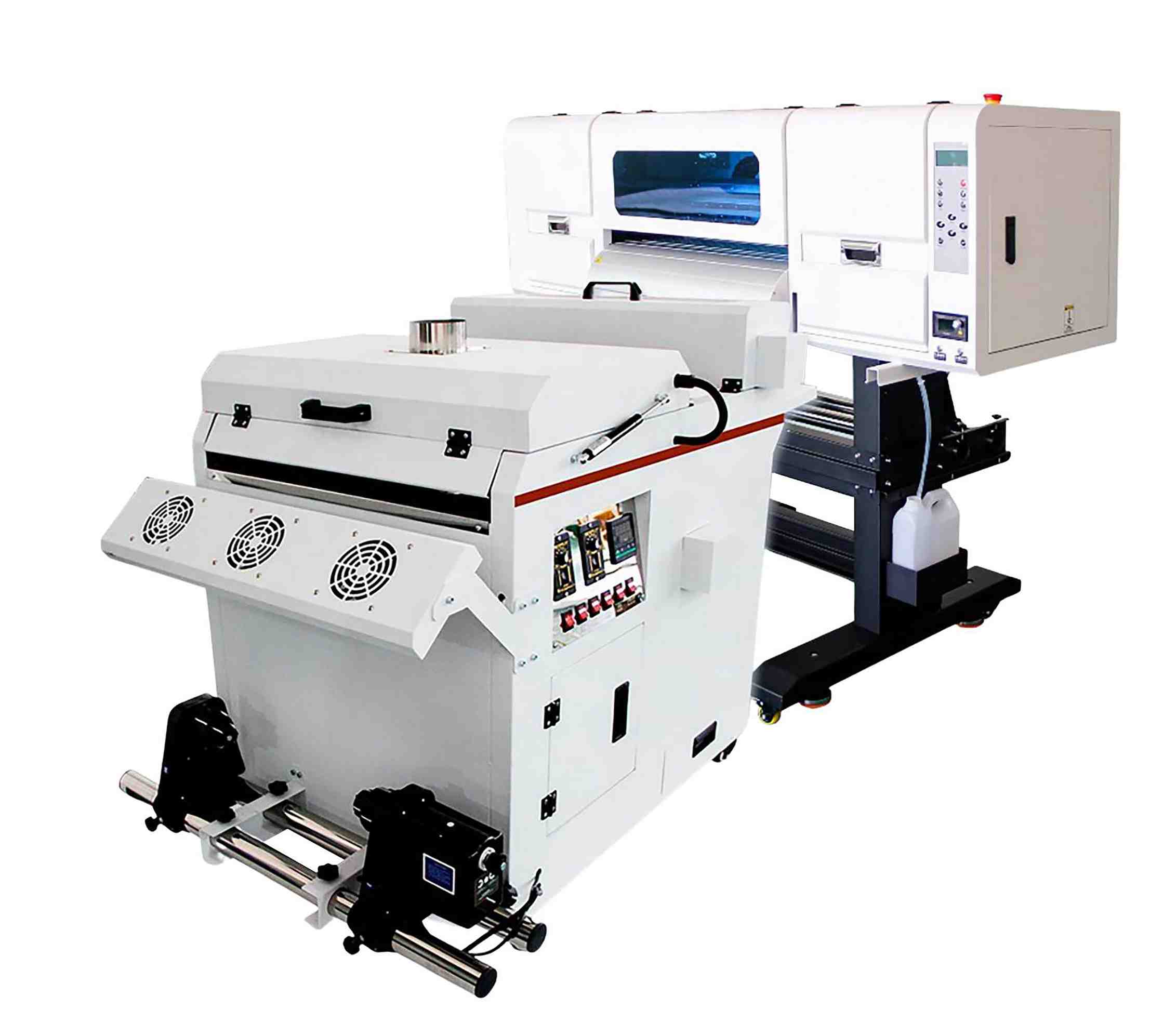DTF Printing Change: Unleashing Creativity in Fabric Design and Manufacturing
DTF Printing Change: Unleashing Creativity in Fabric Design and Manufacturing
Blog Article
Ultimate Guide to DTF Printing Strategies for Stunning Fabric Styles
Getting started on the trip of mastering DTF printing strategies can open up a globe of possibilities for developing aesthetically exciting textile designs. As the textile sector remains to advance, remaining ahead of the contour with ingenious printing methods is vital. In this overview, we will certainly discover the complex details of DTF printing, from understanding the basic basics to unraveling advanced shade methods that can elevate your layouts to new elevations. Keep tuned as we delve into the nuances of picking the right materials, improving the printing process, and overcoming common obstacles to attain sensational outcomes.
Recognizing DTF Printing Essentials
DTF printing, a process that entails moving designs from an unique movie to textiles making use of heat and stress, forms the structure of textile printing techniques. The initial action in DTF printing includes developing or picking a style that will certainly be published onto the fabric.
When the layout is published on the film, it is then thoroughly positioned onto the fabric, making certain proper alignment and positioning. The next critical step includes using warmth and pressure using a heat press maker. This procedure activates the dyes or pigments on the film, triggering them to sublimate and bond with the material fibers completely. The result is a spectacular, resilient fabric layout that is cleanable, flexible, and resistant to fading. In general, comprehending the essentials of DTF printing is essential for mastering this contemporary textile printing method.
Selecting the Right Textile Materials
Having developed the foundational concepts of DTF printing techniques for fabric designs, the next important factor to consider exists in selecting the ideal textile materials to enhance this innovative procedure effectively. Furthermore, the stretchability of these products can accommodate the warm transfer procedure involved in DTF printing without distorting the style. By picking the best fabric products, designers can make best use of the potential of DTF printing to produce resilient and magnificent fabric designs.

Understanding the Printing Process
To stand out in DTF printing techniques for fabric styles, mastering the printing procedure is necessary for accomplishing consistent and high-quality results. The temperature level, pressure, and period of warm application must be meticulously managed to ensure appropriate adhesion of the layout to the textile. By sharpening each of these steps in the printing procedure, designers can constantly produce magnificent and resilient fabric designs with DTF printing strategies.
Enhancing Designs With Shade Techniques

Furthermore, exploring with color gradients can bring a sense of motion and fluidity to the design. By blending shades flawlessly, a slope result can be attained, including read the full info here a modern-day and vibrant touch to the textile design. Additionally, utilizing color obstructing strategies can develop striking and strong visuals by juxtaposing different solid colors in distinct areas of the layout.
Furthermore, incorporating metal or neon shades can offer a appealing and distinct element to the fabric style, making it stand out and show a feeling of vibrancy. When tactically used, these color techniques can boost the general aesthetic appeal of textile designs, making them much more remarkable and exciting.
Troubleshooting Common DTF Printing Issues
After checking out different color techniques to why not try this out enhance textile designs, it is important to resolve typical DTF printing problems that might arise throughout the manufacturing process. Additionally, problems with picture clearness and sharpness can occur due to low-resolution photos or inappropriate printing strategies. By being mindful of these typical issues and executing the required troubleshooting steps, you can boost the total high quality of your DTF printed textile layouts.
Final Thought
In verdict, mastering DTF printing strategies is necessary for creating magnificent textile layouts. With method and focus to detail, one can develop special and stunning fabric designs utilizing DTF printing techniques.
Styles))))
DTF printing, a procedure that includes transferring styles from an unique movie to textiles utilizing warmth and pressure, develops the structure of fabric printing techniques.Having developed the fundamental principles of DTF printing strategies for fabric layouts, the next important consideration exists in selecting the appropriate textile materials to enhance this cutting-edge process efficiently. By picking the appropriate textile materials, designers can maximize the capacity of DTF printing to produce sensational and long-lasting textile styles.
To stand out in DTF printing strategies for fabric layouts, understanding the printing procedure is essential for achieving high-grade and regular outcomes. DTF Printing. By honing each of these actions in the printing procedure, developers can continually generate magnificent and durable fabric layouts with DTF printing strategies
Report this page